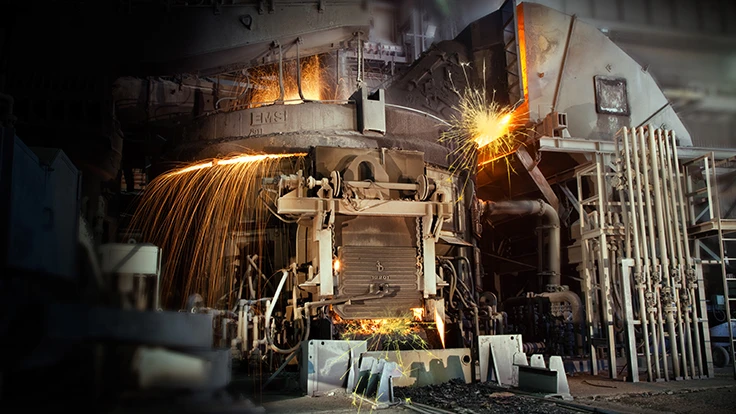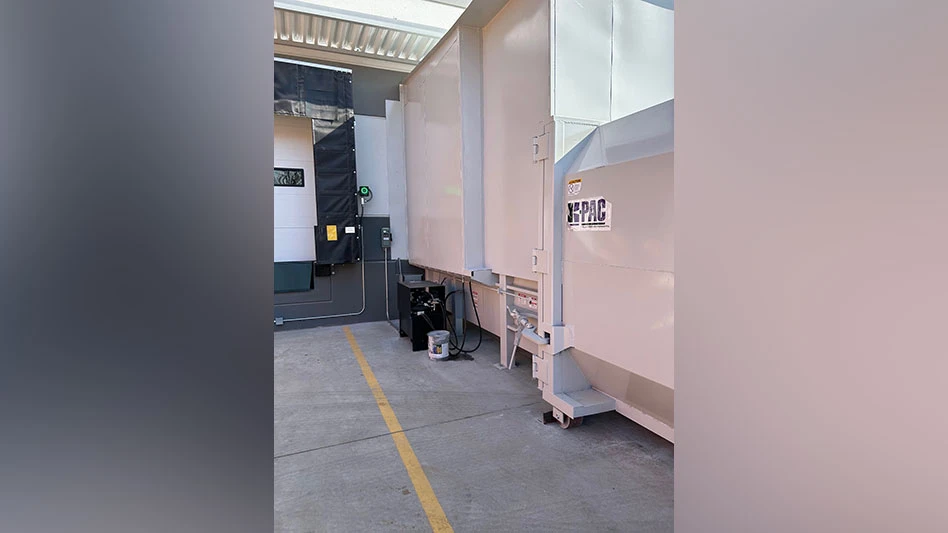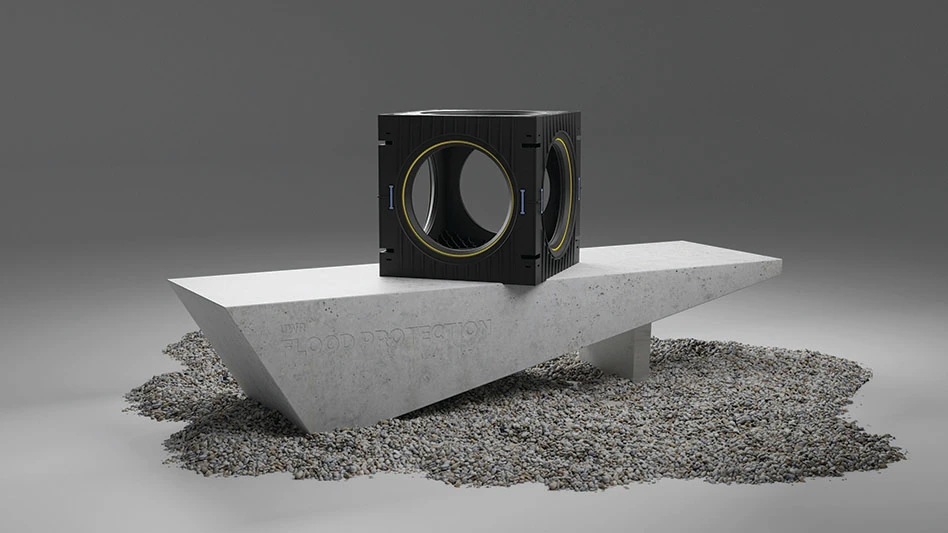
Photo courtesy of Nucor
The global iron and steelmaking sector must decarbonize to achieve net-zero emissions, according to the Global Recycling Foundation (GRF), London.
To mark Global Recycling Day on March 18, GRF is urging policymakers to adopt laws and technologies to make the global iron and steel sector greener and more circular.
Iron and steelmaking is the world’s largest coal consumer, the largest emitter of CO2 and second-largest energy consumer among heavy industries, the foundation says. It accounts for 7 percent to 9 percent of global carbon dioxide emissions, which is more than the emissions from all road freight.
Global steel demand has tripled since 1970 and is set to increase by more than a third between now and 2050, GRF says. Much of this demand will come from the wind turbines, solar panels, hydroelectric dams and electric cars, buses and trains that the world will need to reach net zero.
“This represents a significant challenge,” GRF founding President Ranjit Baxi says. “But it also provides a huge opportunity to reset the world’s iron and steel value chains on a more sustainable path.
“Our call resonates with the ambition of COP28 to accelerate energy transition when it unveiled the Global Decarbonization Accelerator, a series of landmark initiatives designed to speed up the energy transition and drastically reduce global emissions. As COP28 President [His Excellency] Dr. Sultan Al Jaber said, the GDA adds up to more countries and more companies from more sectors than ever before, in the drive towards the goal of 1.5 C.”
“To decarbonize iron and steel, we’ll need green hydrogen, carbon capture and storage and electric arc furnace technologies," says Susie Burrage, president of the Brussels-based Bureau of International Recycling. "We’ll need to use steel less wastefully, to recycle a lot more and to make renewable energy cheaper for steelmakers, users and reusers. These things won’t just happen, they will require a combination of innovation and the right laws, regulations and incentives.”
Latest from Recycling Today
- Enfinite forms Hazardous & Specialty Waste Management Council
- Combined DRS, EPR legislation introduced in Rhode Island
- Eureka Recycling starts up newly upgraded MRF
- Reconomy Close the Gap campaign highlights need for circularity
- Nickel carbonate added to Aqua Metals’ portfolio
- EuRIC, FEAD say End-Of-Life Vehicle Regulation presents opportunity for recyclers
- Recyclers likely to feel effects of US-China trade war
- BCMRC 2025 session preview: Navigating battery recycling legislation and regulations







